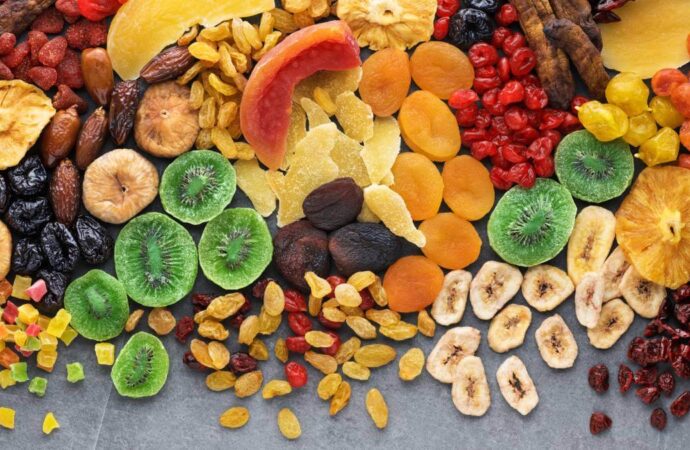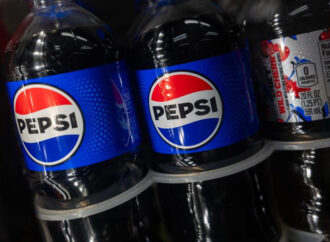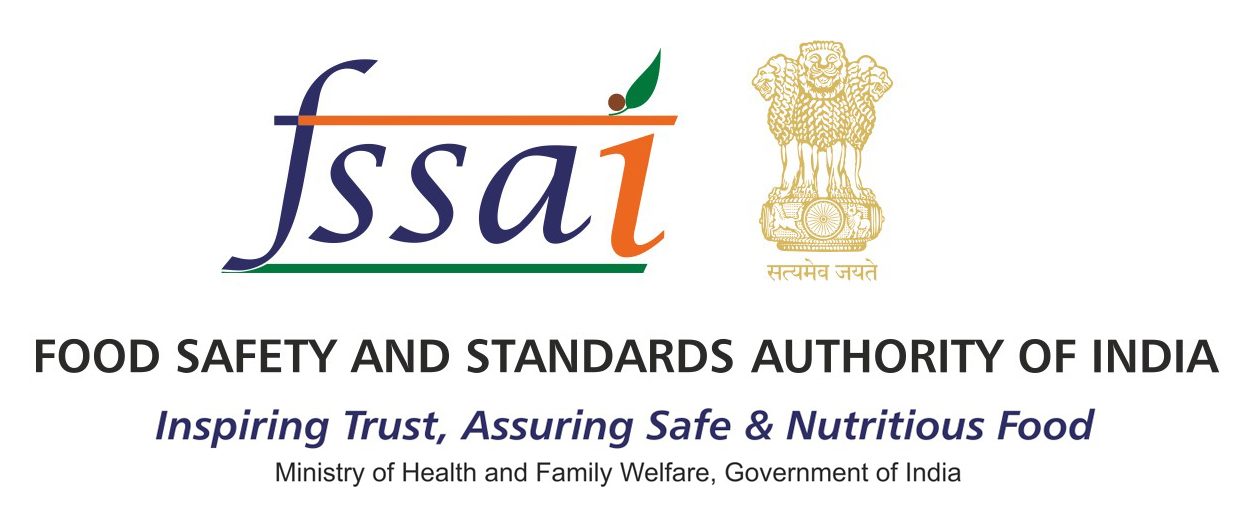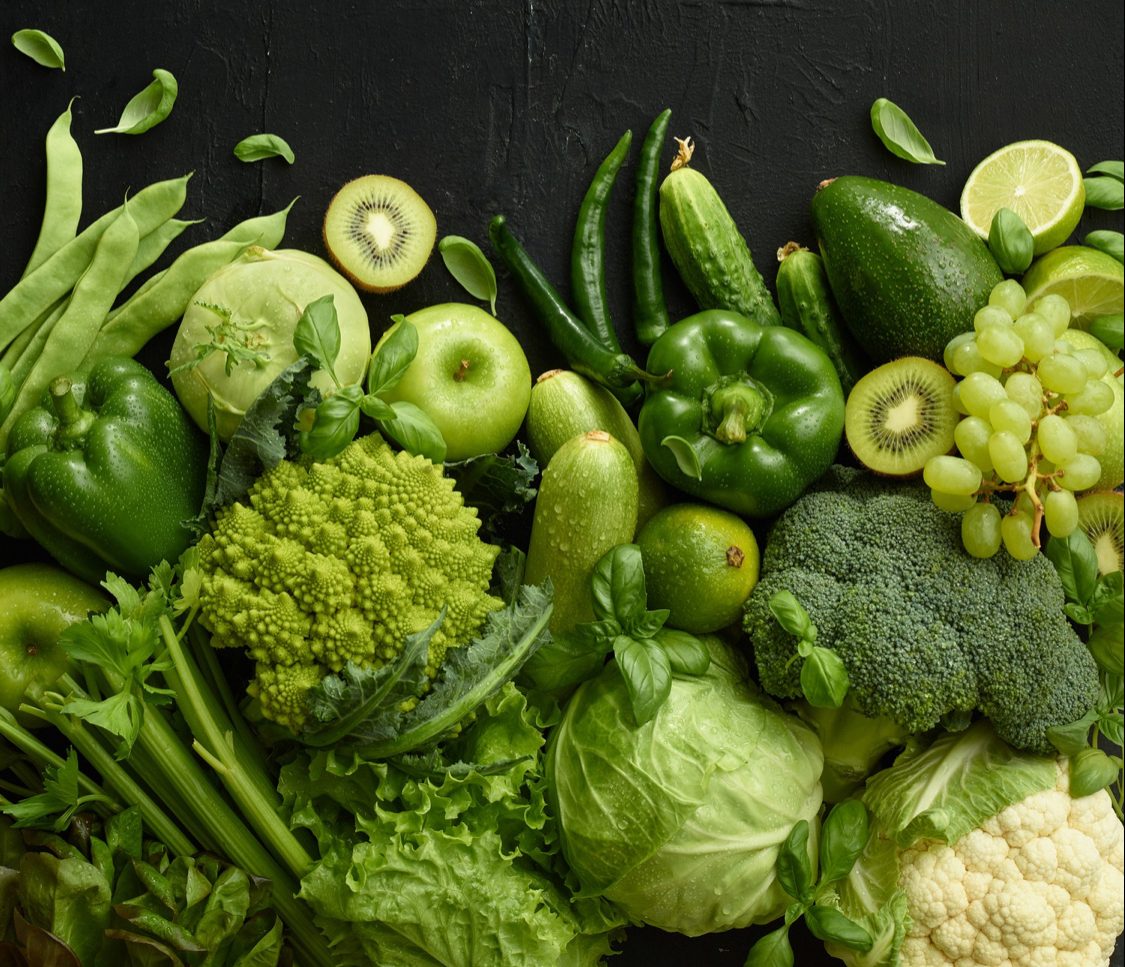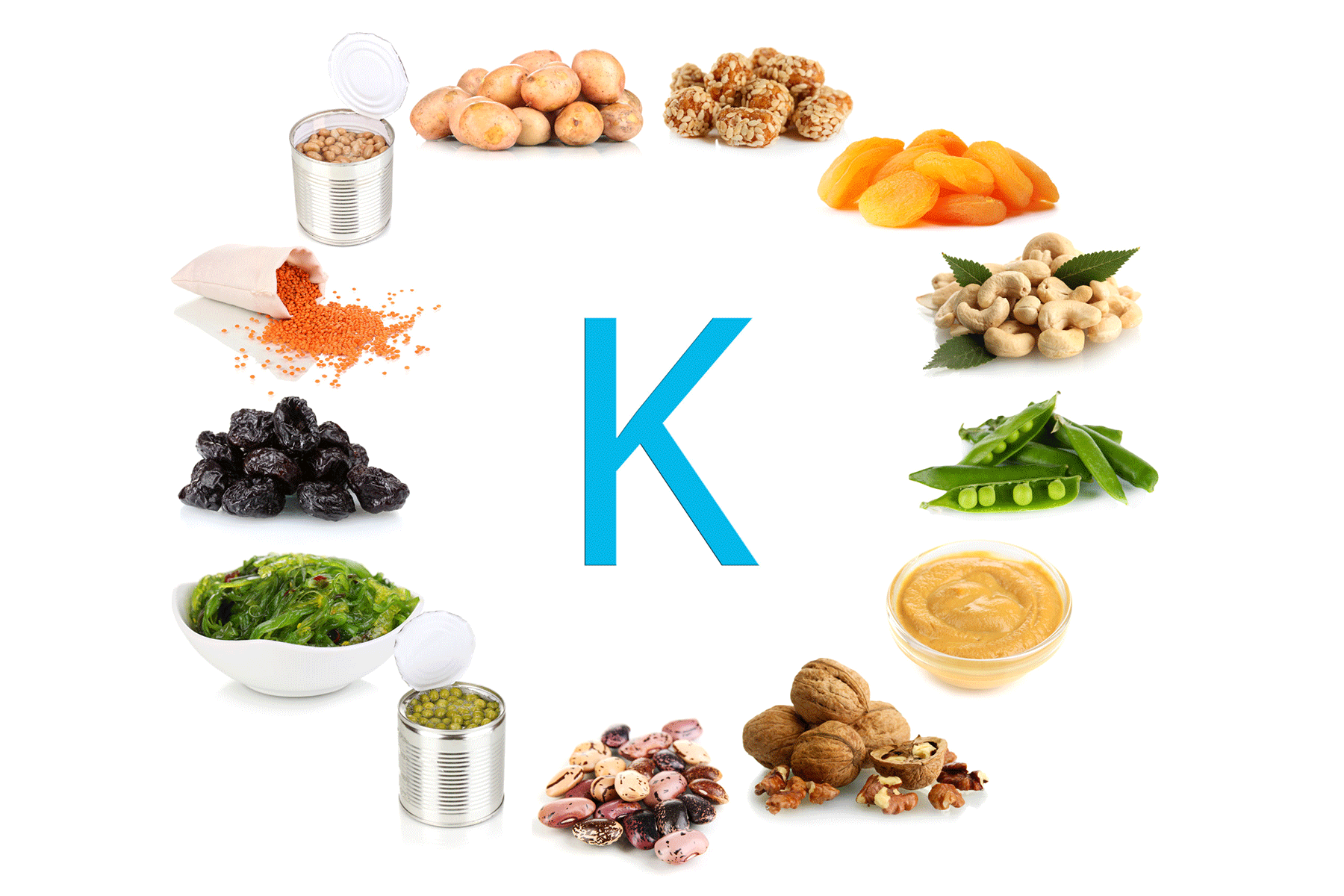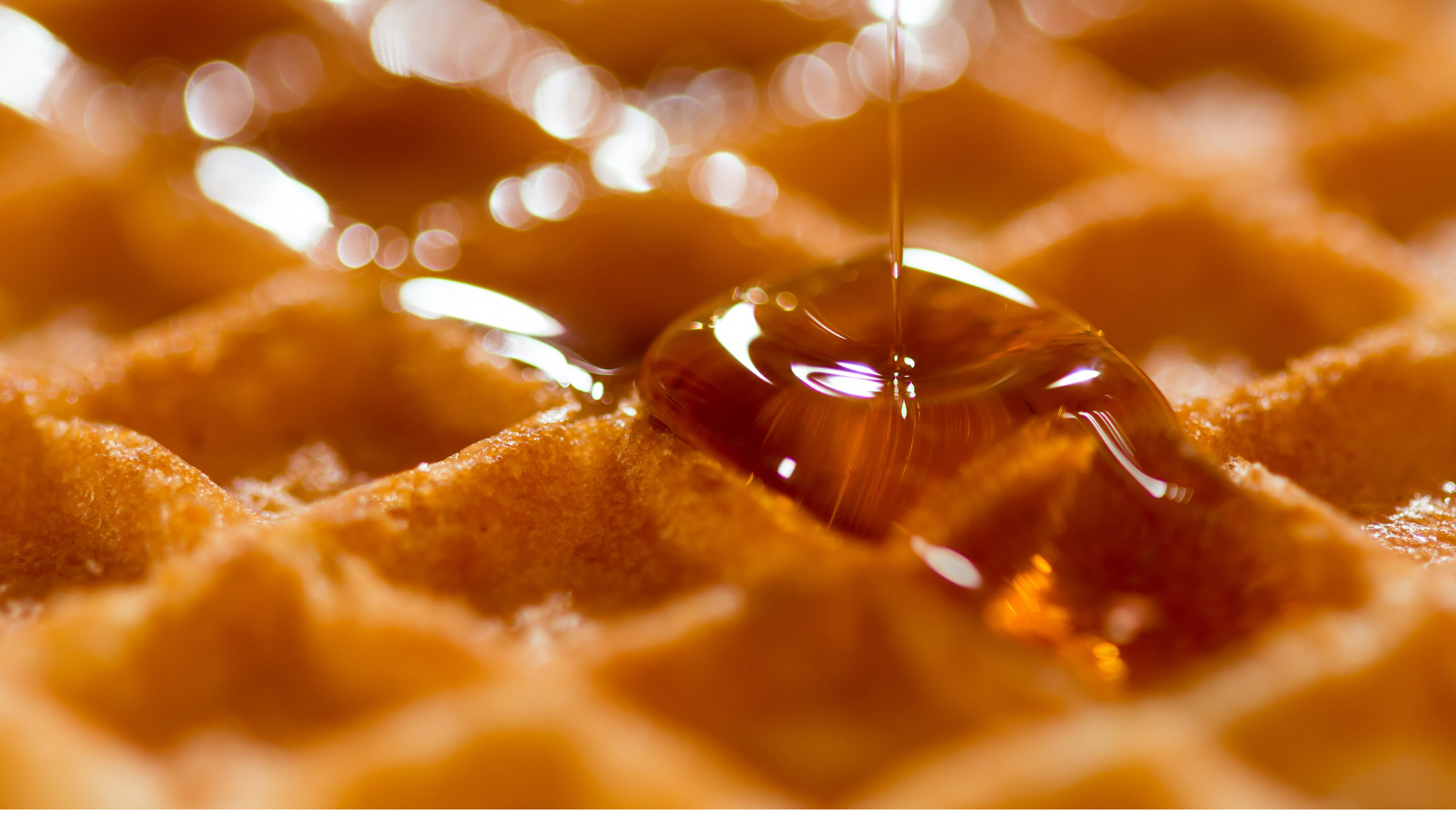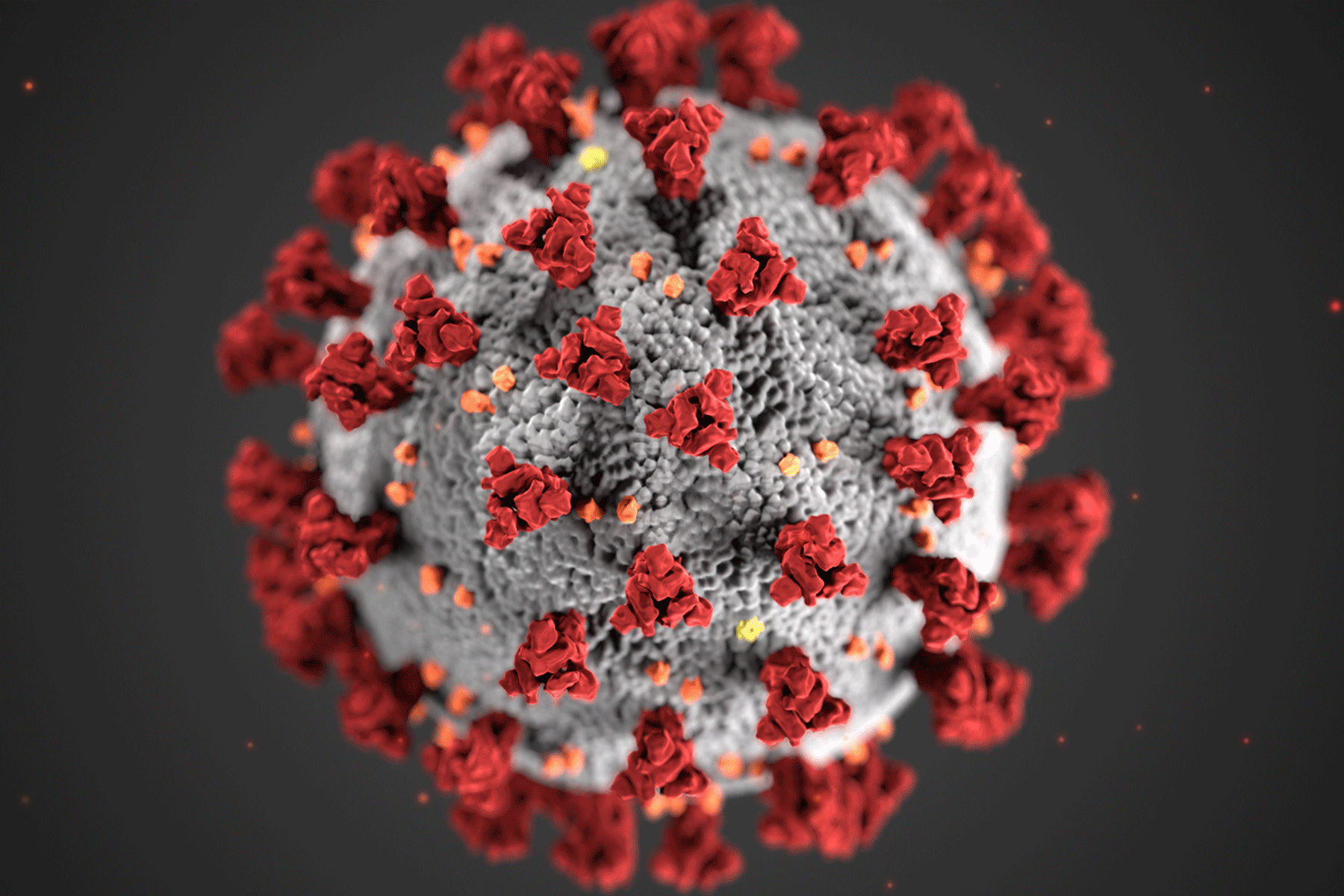Have you ever wondered how dried fruits, instant soups, or packaged snacks can last for months or even years without spoiling? The answer lies in a food preservation method called dehydration. Ancient civilisations developed this technique, and people still use it today to extend food’s shelf life. By removing moisture, dehydration prevents harmful bacteria, moulds, and yeasts from growing, since they need water to survive. This method not only preserves food but also makes it lighter and easier to store. In this article, we’ll explore how dehydration works, its many benefits, and why it remains essential in modern food preservation.
What is Dehydration?
Dehydration removes water from food, which prevents bacteria, moulds, and yeasts from growing and multiplying. By eliminating moisture, the process keeps food safe and edible for longer periods. As food loses water, it becomes lighter and more compact, making storage and transportation easier. People have used this method for centuries. For example, ancient Egyptians dried fruits, grains, and fish under the hot sun. Other cultures soon adopted similar techniques to preserve food during scarce seasons. Even without modern technology, people relied on dehydration to survive in areas without year-round access to fresh food. Today, advanced machines dry food in controlled environments, but the core principle remains: remove moisture to make food last longer.
How Does Dehydration Work?
Different methods remove moisture from food, all using the same basic idea: dry the food to prevent spoilage.
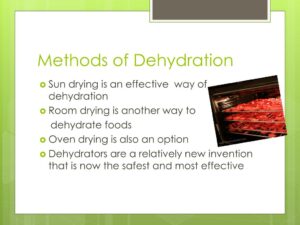
-
Sun Drying: This ancient method is still common in many parts of India, especially in rural areas. However, some avoid it due to contamination risks and unpredictable weather.
-
Air Drying: This method uses warm, dry air to remove moisture. People commonly use it to dry herbs, meat, and fish.
-
Oven Drying: In this method, you place food in an oven at a low temperature to dry it. It works faster than sun drying and offers better control.
-
Freeze Drying: This technique freezes food and then removes the moisture through sublimation. Sublimation changes ice directly into vapour without becoming liquid. This process preserves nutrients, texture, and flavour, which makes freeze-dried foods popular for snacks and camping.
-
Food Dehydrators: These machines circulate warm air around food to dry it quickly and evenly. Home users often rely on them to dehydrate fruits, vegetables, herbs, and meats.
Why is Dehydration Effective?
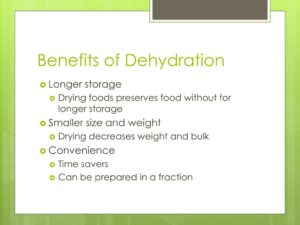
Dehydration offers many benefits that make it a powerful food preservation method:
-
Prevents Spoilage: It removes the moisture that bacteria, moulds, and yeasts need to grow, which keeps food safe for longer.
-
Preserves Nutrients: Although some nutrients like vitamin C may decrease, dehydration, especially freeze drying, retains most nutrients in the food.
-
Reduces Weight and Volume: By removing water, it makes food lighter and more compact, which simplifies storage and transportation.
-
Provides Convenience: You can store dried food for a long time and rehydrate it when needed. That makes it ideal for camping, hiking, or emergencies.
Common Dehydrated Foods
People dehydrate a wide range of foods:
-
Fruits: Dried apples, bananas, mangoes, apricots, and berries work well as snacks or ingredients in cereals and trail mixes.
-
Vegetables: People dry tomatoes, peas, mushrooms, and carrots for soups and stews.
-
Meat and Fish: Jerky comes from dried meat, and freeze-dried tuna or salmon provides a long shelf life.
-
Herbs and Spices: Dried basil, parsley, and other herbs make it easy to season dishes year-round.
-
Prepared Meals: Companies dehydrate soups, stews, and rice dishes for easy storage, especially for outdoor activities or emergency kits.
Is Dehydration Still Used Today?
Yes, people rely on dehydration now more than ever. As busy lifestyles and outdoor activities increase, more individuals choose dehydrated foods for their convenience and long shelf life. Emergency food suppliers also prefer them because they stay good for years. As people focus on sustainability, many select dehydration as a greener alternative to freezing or canning, which consume more energy.
The Bottom Line
Food spoils easily, which leads to waste, higher costs, and environmental harm. Dehydration solves this by removing moisture, preventing bacterial growth, and extending shelf life. When you dehydrate fruits, vegetables, meats, or meals, you reduce waste, save money, and store food more efficiently. People have used dehydration from ancient times to modern kitchens, proving that it remains one of the most reliable and sustainable ways to preserve food.
 Food Manifest
Food Manifest 